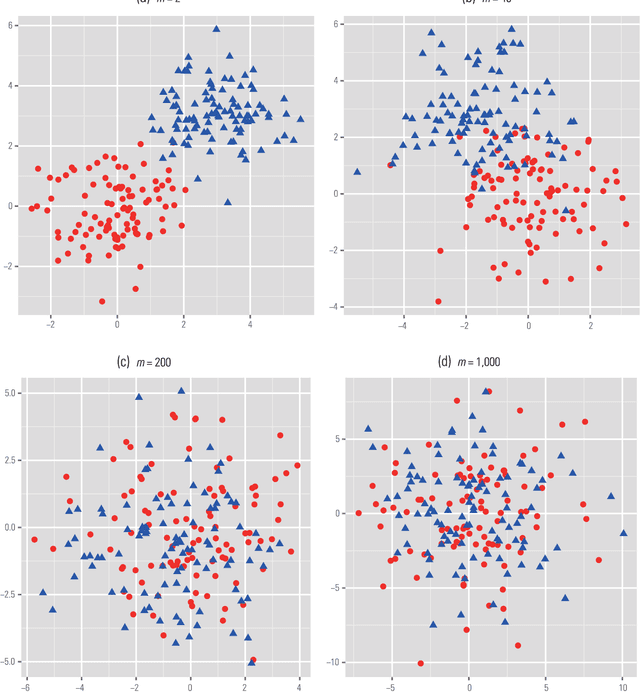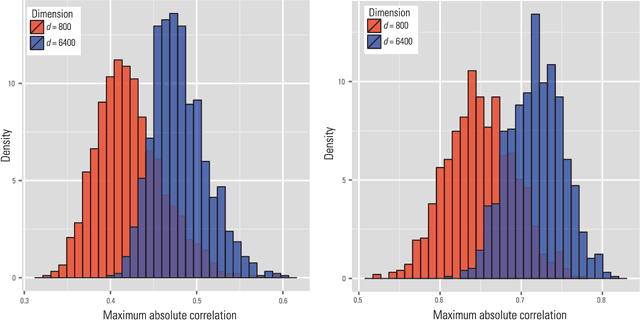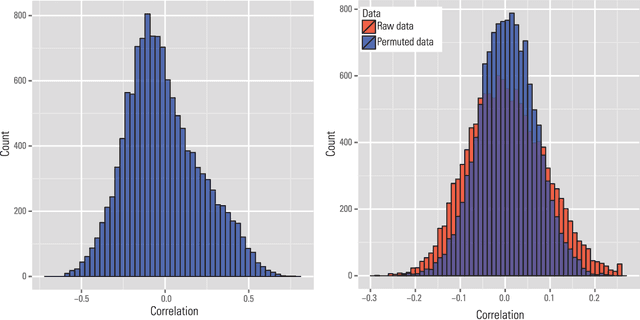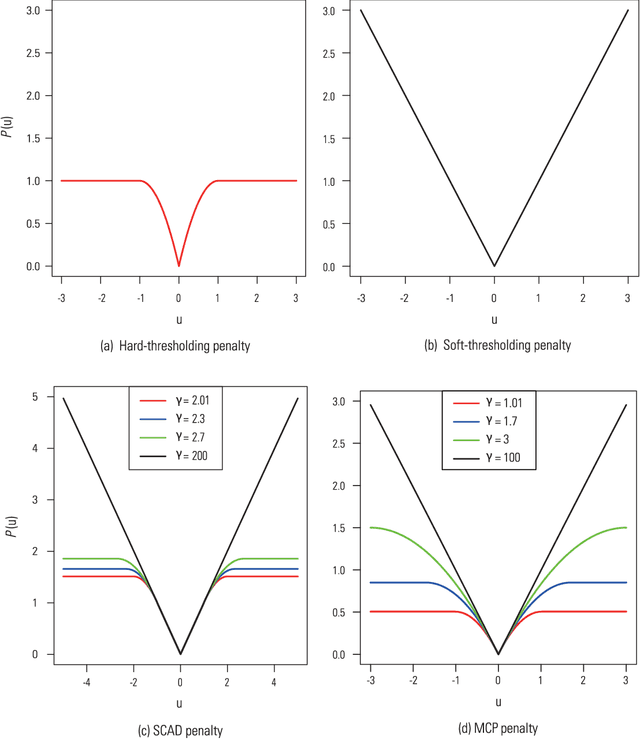Challenges of Big Data Analysis
Paper and Code
Dec 15, 2014



Big Data bring new opportunities to modern society and challenges to data scientists. On one hand, Big Data hold great promises for discovering subtle population patterns and heterogeneities that are not possible with small-scale data. On the other hand, the massive sample size and high dimensionality of Big Data introduce unique computational and statistical challenges, including scalability and storage bottleneck, noise accumulation, spurious correlation, incidental endogeneity, and measurement errors. These challenges are distinguished and require new computational and statistical paradigm. This article give overviews on the salient features of Big Data and how these features impact on paradigm change on statistical and computational methods as well as computing architectures. We also provide various new perspectives on the Big Data analysis and computation. In particular, we emphasis on the viability of the sparsest solution in high-confidence set and point out that exogeneous assumptions in most statistical methods for Big Data can not be validated due to incidental endogeneity. They can lead to wrong statistical inferences and consequently wrong scientific conclusions.
 Add to Chrome
Add to Chrome Add to Firefox
Add to Firefox Add to Edge
Add to Edge